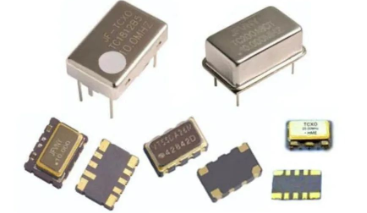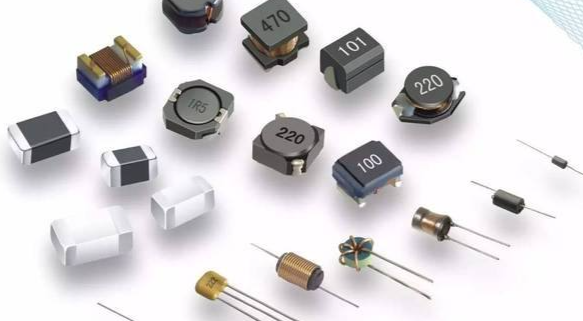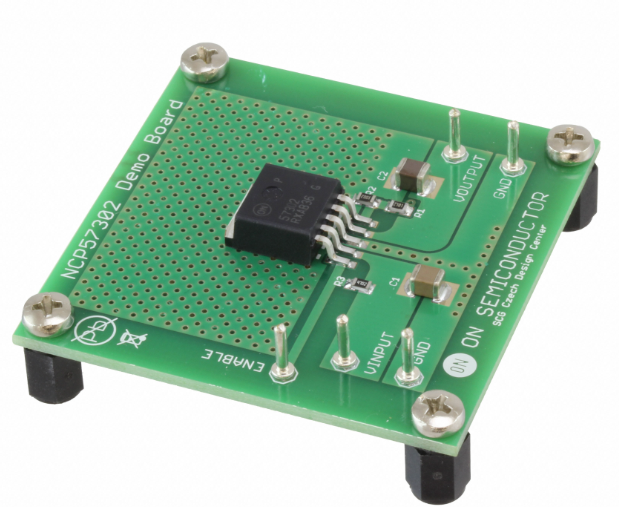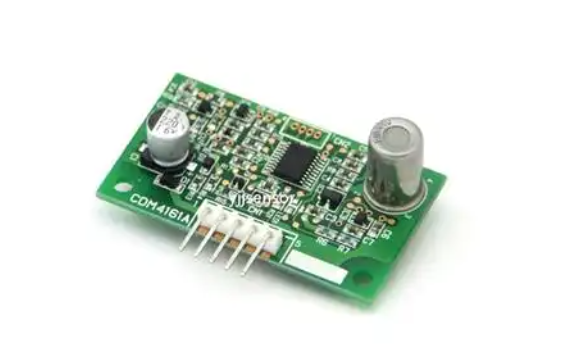The Ultimate Guide to the Purchase of Electronic Components
Introduction
In today’s rapidly advancing technological landscape, the Purchase of Electronic Components is a critical process for engineers, procurement specialists, and businesses alike. Whether you’re developing a new product, maintaining existing systems, or engaging in large-scale manufacturing, sourcing the right components efficiently and reliably can determine the success of your project. The global electronics supply chain is complex, involving numerous suppliers, fluctuating market conditions, and stringent quality requirements. This comprehensive guide delves into the essential strategies, challenges, and best practices for procuring electronic components, ensuring you make informed decisions that optimize cost, quality, and lead time. We’ll also highlight how platforms like ICGOODFIND can revolutionize your sourcing experience, providing a streamlined approach to finding authentic parts in a crowded marketplace.

Main Body
Part 1: Key Considerations When Purchasing Electronic Components
The process of purchasing electronic components involves more than just finding the lowest price. Several critical factors must be evaluated to avoid project delays, failures, or increased costs.
Component Authenticity and Quality is paramount. The market is flooded with counterfeit parts that can compromise the integrity and safety of your products. Always source from authorized distributors or reputable suppliers who provide traceability and certifications. Implementing rigorous inspection processes, such as visual checks and testing, can mitigate risks associated with counterfeit components.
Supply Chain Reliability is another crucial aspect. disruptions, whether due to geopolitical issues, natural disasters, or pandemics, can halt production lines. diversifying your supplier base and maintaining buffer inventory for critical components can enhance resilience. Additionally, building strong relationships with suppliers ensures better communication, priority during shortages, and access to technical support.
Cost Management involves balancing price with value. While it’s tempting to opt for the cheapest option, consider the total cost of ownership, which includes factors like reliability, longevity, and support. negotiating volume discounts, exploring alternative components with similar specifications, and leveraging online platforms for competitive pricing are effective strategies. For instance, using ICGOODFIND allows buyers to compare prices and availability across multiple vendors quickly, ensuring cost-effective purchases without sacrificing quality.
Technical Specifications and Compliance must align with your project requirements. Ensure components meet necessary standards (e.g., RoHS, REACH) and are compatible with your design. utilizing tools like datasheets and cross-reference guides helps in verifying parameters such as voltage ratings, tolerance, and operating temperature.
Part 2: Challenges in the Electronic Components Market
The electronics procurement landscape is fraught with challenges that require proactive management.
Component Shortages and Long Lead Times are common issues, especially for popular or obsolete parts. factors like increased demand in sectors like automotive and IoT, coupled with production constraints, exacerbate shortages. To navigate this, forecasting demand accurately and engaging in early communication with suppliers about lead times are essential. platforms like ICGOODFIND aggregate real-time inventory data from numerous distributors, helping buyers identify available stock and alternative sources swiftly.
Counterfeit Parts pose a significant risk, leading to product failures and reputational damage. The sophistication of counterfeiters makes detection difficult. Employing authentication services, purchasing from trusted sources, and using online marketplaces that vet suppliers can reduce this risk. ICGOODFIND, for example, connects users with verified suppliers, enhancing trust and reliability in transactions.
Price Volatility is driven by market dynamics, including raw material costs and demand surges. During shortages, prices can skyrocket, impacting budgets. implementing cost-tracking tools and establishing long-term contracts with suppliers can provide stability. Moreover, exploring alternative components or redesigning circuits to use more readily available parts can be a viable solution.
Technological Obsolescence is inevitable as components are phased out for newer versions. This requires proactive management of product lifecycles. maintaining a component obsolescence strategy, which includes last-time buys and designing with future-proof parts, is critical. online databases and platforms like ICGOODFIND often provide lifecycle status updates, aiding in planning.
Part 3: Best Practices for Efficient Procurement
Adopting best practices can streamline the procurement process and enhance outcomes.
Develop a Strategic Sourcing Plan: Outline your requirements, identify key suppliers, and establish criteria for selection. This includes assessing supplier capabilities, financial stability, and quality systems. Leveraging digital tools for supplier management and procurement can automate processes and provide insights through analytics.
Utilize Online Platforms and Marketplaces: In the digital age, online resources are invaluable for component sourcing. Platforms like ICGOODFIND offer centralized access to vast inventories, allowing users to search by part number, compare options, and connect with global suppliers. These platforms often include features like inventory alerts and parametric search, saving time and reducing manual effort.
Implement Robust Quality Assurance: Establish strict quality control measures, including incoming inspection protocols and supplier audits. collaborating with suppliers who provide certified components and detailed documentation ensures compliance with industry standards.
Foster Collaboration Between Teams: Effective communication between engineering, procurement, and logistics teams is vital. Engineering should provide clear specifications, while procurement focuses on availability and cost. using shared tools for bill of materials (BOM) management can facilitate this collaboration, ensuring everyone works from accurate data.
Stay Informed on Market Trends: The electronics industry evolves rapidly. subscribing to market intelligence reports and participating in industry forums can provide insights into emerging trends potential disruptions. This proactive approach allows for adaptive sourcing strategies.
Conclusion
The Purchase of Electronic Components is a multifaceted process that demands careful attention to quality reliability cost and market dynamics. By understanding the key considerations addressing challenges head-on and adopting best practices businesses can optimize their procurement strategies ensuring successful project outcomes. In an era where supply chain agility is crucial leveraging advanced tools and platforms becomes indispensable. ICGOODFIND stands out as a valuable resource simplifying the sourcing journey by connecting buyers with trusted suppliers and providing real-time market data. As you navigate the complexities of component procurement remember that informed decisions supported by robust processes and reliable partners are the foundation of operational excellence.






























